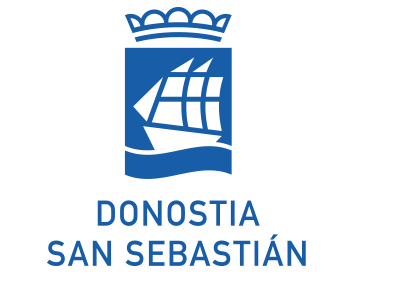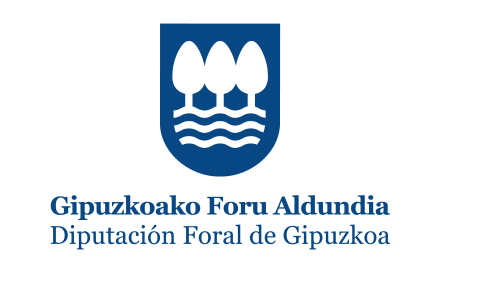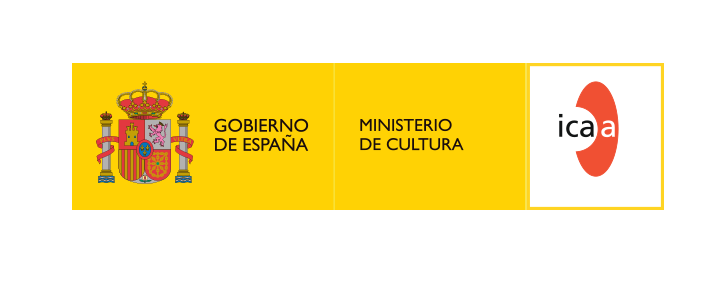YEAR: 2005
ID APARTADO: 3
APARTADO: awards_and_jury_members
SUBAPARTADO:
SECCION: offical_selection_jury_members
TABLE: 1
ID: 805
LANGUAGE: in
MAQUETACION:
TITULO:
RULE: 1
Z365" or "Festival all year round" is the new strategic point of the Festival in which converge investigation, accompaniment and development of new talents (Ikusmira Berriak, Nest); training and cinematic knowledge transfer (Elías Querejeta Zine Eskola, Zinemaldia + Plus, Filmmakers' dialogue); and investigation, disclosure and cinematic thought (Z70 project, Thought and Discussion and Research and publications).
It was highly unlikely that Verónica Forqué wouldn’t end up in the world of cinema. To the question of “How did you start?”, Verónica usually answers: “I didn’t start, I was born into it”. Daughter of movie director José María Forqué and the authoress Carmen Vázquez-Vigo, although she liked going to watch her father filming from a young age, it wasn’t until 1972 that her blue-eyed, innocent smiling face appeared on the screen. She was 17 and the film was Mi querida señorita.
Her career took off when Pedro Almodóvar portrayed her as the lovely Cristal in ¿Qué he hecho yo para merecer ésto? in 1984. A great deal of things have happened in her life between the making of this film and Manuel Gómez Pereira’s Reinas: she starred in three movies by Manuel Iborra, her partner for years and with whom she has a daughter; worked with Fernando Trueba on Sé infiel y no mires con quién (Be Wanton and Tread No Shame) and El año de las luces (Year of Enlightenment), for which she landed her first Goya as Supporting Actress; her friendship with Fernando Colomo translated into two smash hit comedies, Bajarse al moro (Going South Shopping) and La vida alegre, for which she received a Goya for Best Lead Actress the same year as she won another Goya as Supporting Actress in Berlanga’s Moros y cristianos (Moors and Christians); she first collaborated with Manuel Gómez Pereira on Salsa rosa (Pink Sauce) and obtained a fourth Goya in 1993 for Kika, by Pedro Almodóvar.
In addition to cinema, Verónica has found in television a space in which to unfold a selection of endearing characters: Eva y Adán, agencia matrimonial, Pepe y Pepa and La vida de Rita. And she’s done it all without forgetting theatre, debuting in 1975 with Divinas palabras, going on to reap success in El zoo de cristal (1978), Bajarse al moro (1985), ¡Ay Carmela! (1987), Las sillas (1997), El sueño de una noche de verano (2003) and Doña Rosita la soltera (2005). She debuted as a director in 2000 on La tentación vive arriba.
She is one of the few actresses to hold four Goyas, having received several prizes during her career, the most recent of which are the Medalla de Oro de Bellas Artes, in 2000, and the Premio Sant Jordi de la Crítica and the Malaga Festival Award, both in 2005.
Monday to Thursday: from 9:00 a.m. to 3:30 p.m.
Fridays: from 10:00 a.m. to 2:00 p.m.




